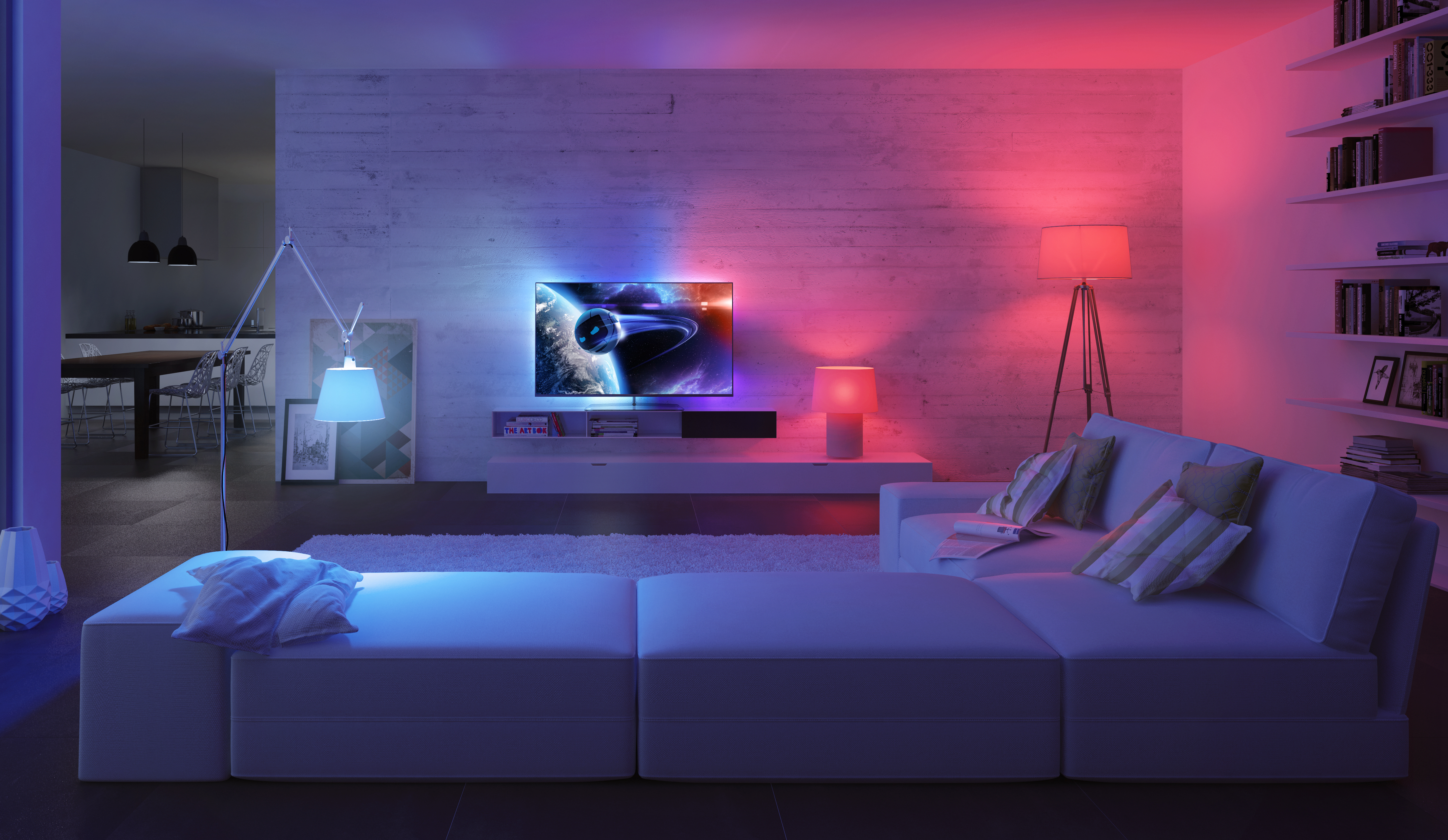
Huemote is the Philips Hue Apple Watch app you should be using
I bit the bullet and invested in a Philips Hue Starter Kit a few weeks ago (promptly followed, I might add, by the purchase of a couple of Philips Hue Lux bulbs for my bedroom). And since then, I’ve been testing the platform on both iOS and, more importantly, watchOS. Because who doesn’t want to control their indoor lighting using a smartwatch?
Dissatisfied with the official Hue app’s performance on the Apple Watch, however (damn that spinning wheel!), I almost immediately started seeking alternatives. The best one I’ve found is, hands-down, Huemote.
On Apple Watch, Huemote features a simple design that’s based around three interfaces: one for all your lights, another for groups of up to 16 lights, and a third for scenes. Each allows users to toggle lights on or off with a tap, and the app even goes so far as to allow Watch owners to adjust both the brightness and color of Hue bulbs from their wrist, too.
My biggest concern — that Huemote would be as slow as Philips’ own application — was squashed early on. This app is definitely faster than the official Hue, and even though that spinning wheel does surface from time to time, it’s not a regular occurrence. This, combined with the additional functionality offered by the app (such as the ability to control individual bulbs, alongside the aforementioned brightness and color toggles) make Huemote a far better alternative to Philips Hue for watchOS. And to top all that, it’s a free download.
There is room for improvement, mind you. I’d love to see a complication or Glance for Huemote added in a future update, even if the latter served as a simple shortcut to the app. Because at the minute, you need to press the Digital Crown and tap the Watch app’s tiny icon in order to get to Huemote from your Watchface, which, as I’m sure you know, isn’t always the easiest task.
Yet despite this, Huemote is without doubt the Hue Apple Watch app you should be using. And you don’t even need to own a fancy HomeKit-enabled Hue 2.0 bridge to use it, either; it’ll work with the first-generation model.
